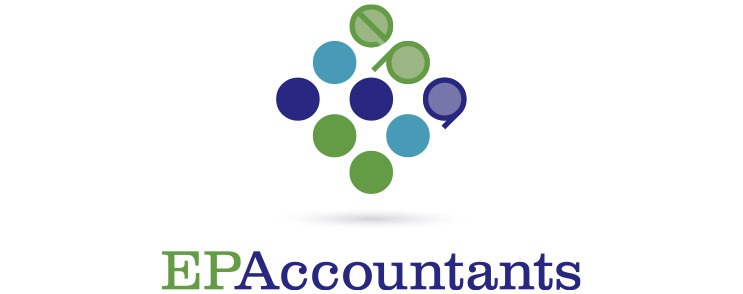1 October 2023 – Due date for Corporation Tax due for the year ended 31 December 2022.
19 October 2023 – PAYE and NIC deductions due for month ended 5 October 2023. (If you pay your tax electronically the due date is 22 October 2023.)
19 October 2023 – Filing deadline for the CIS300 monthly return for the month ended 5 October 2023.
19 October 2023 – CIS tax deducted for the month ended 5 October 2023 is payable by today.
31 October 2023 – Latest date you can file a paper version of your 2022-23 self-assessment tax return.
1 November 2023 – Due date for Corporation Tax due for the year ended 31 January 2023.
19 November 2023 – PAYE and NIC deductions due for month ended 5 November 2023. (If you pay your tax electronically the due date is 22 November 2023.)
19 November 2023 – Filing deadline for the CIS300 monthly return for the month ended 5 November 2023.
19 November 2023 – CIS tax deducted for the month ended 5 November 2023 is payable by today.



